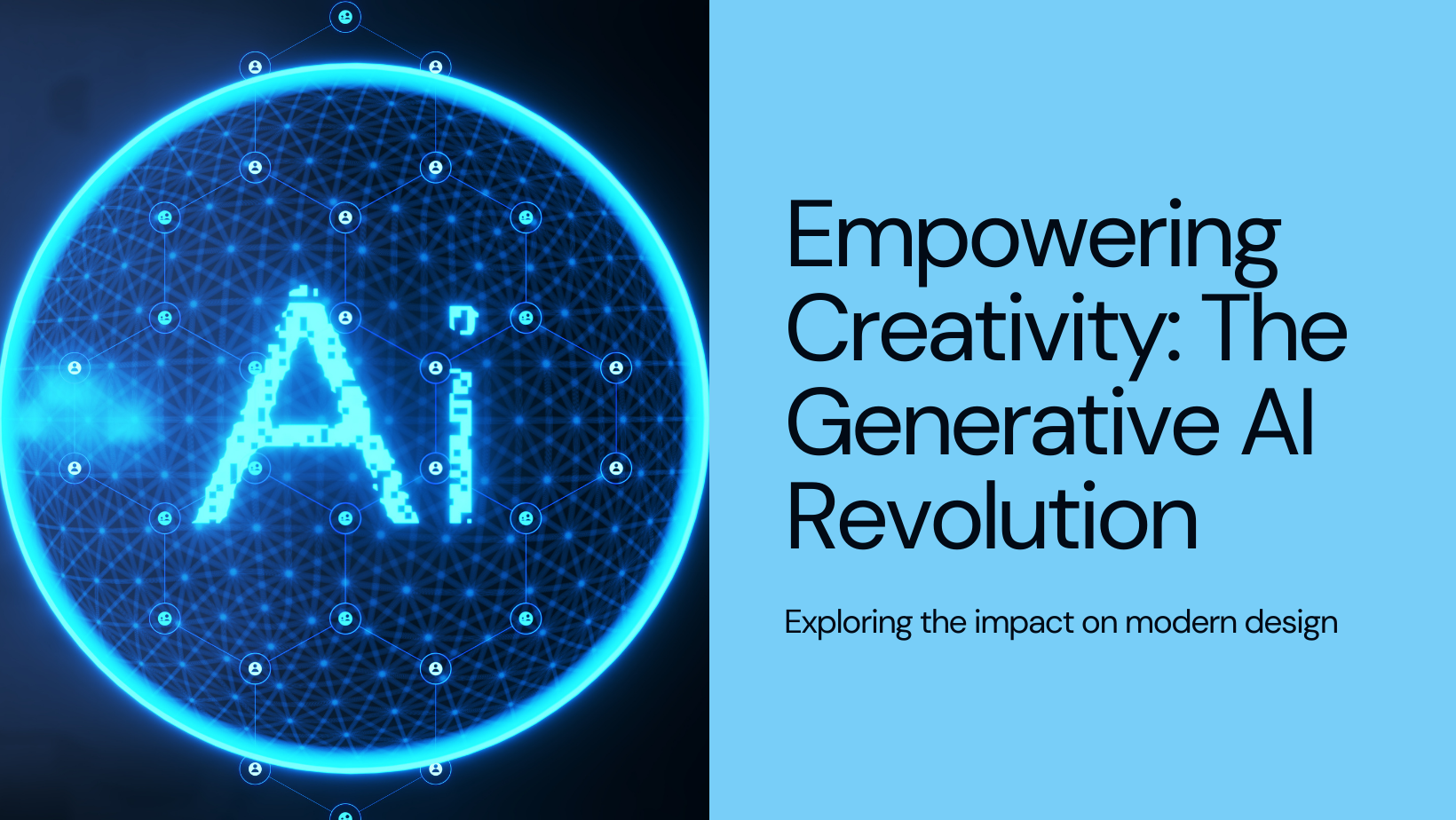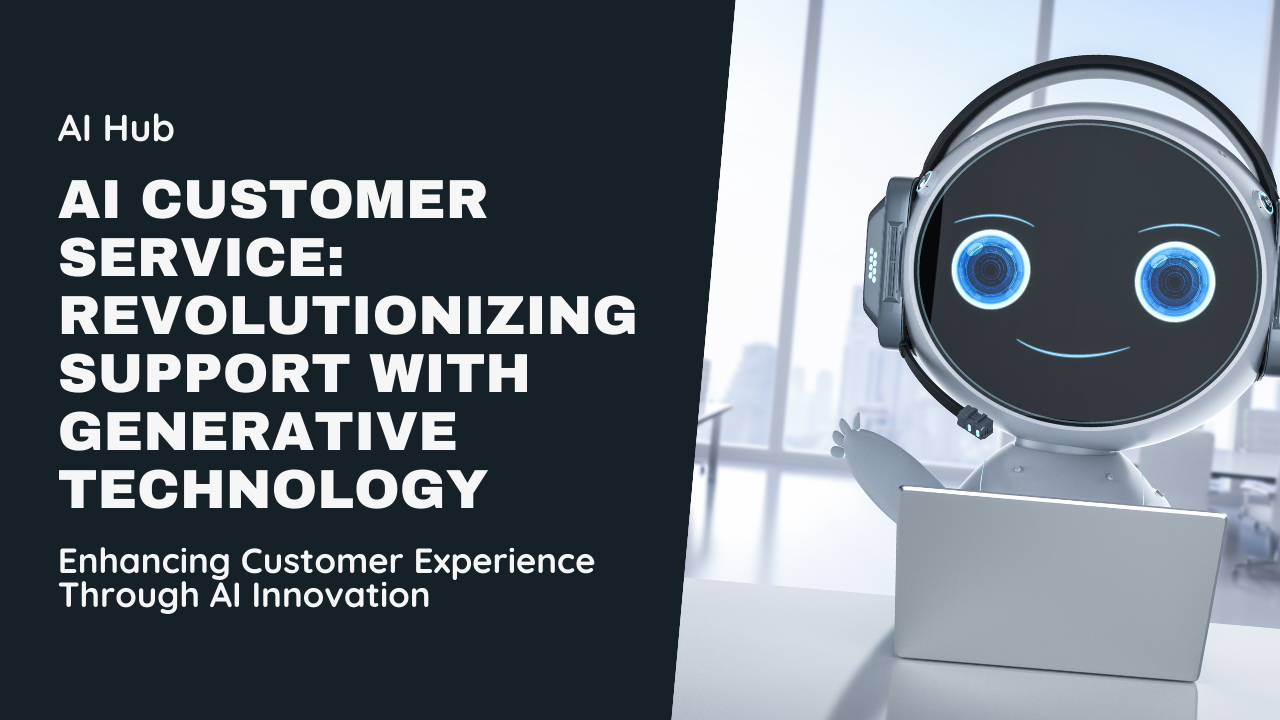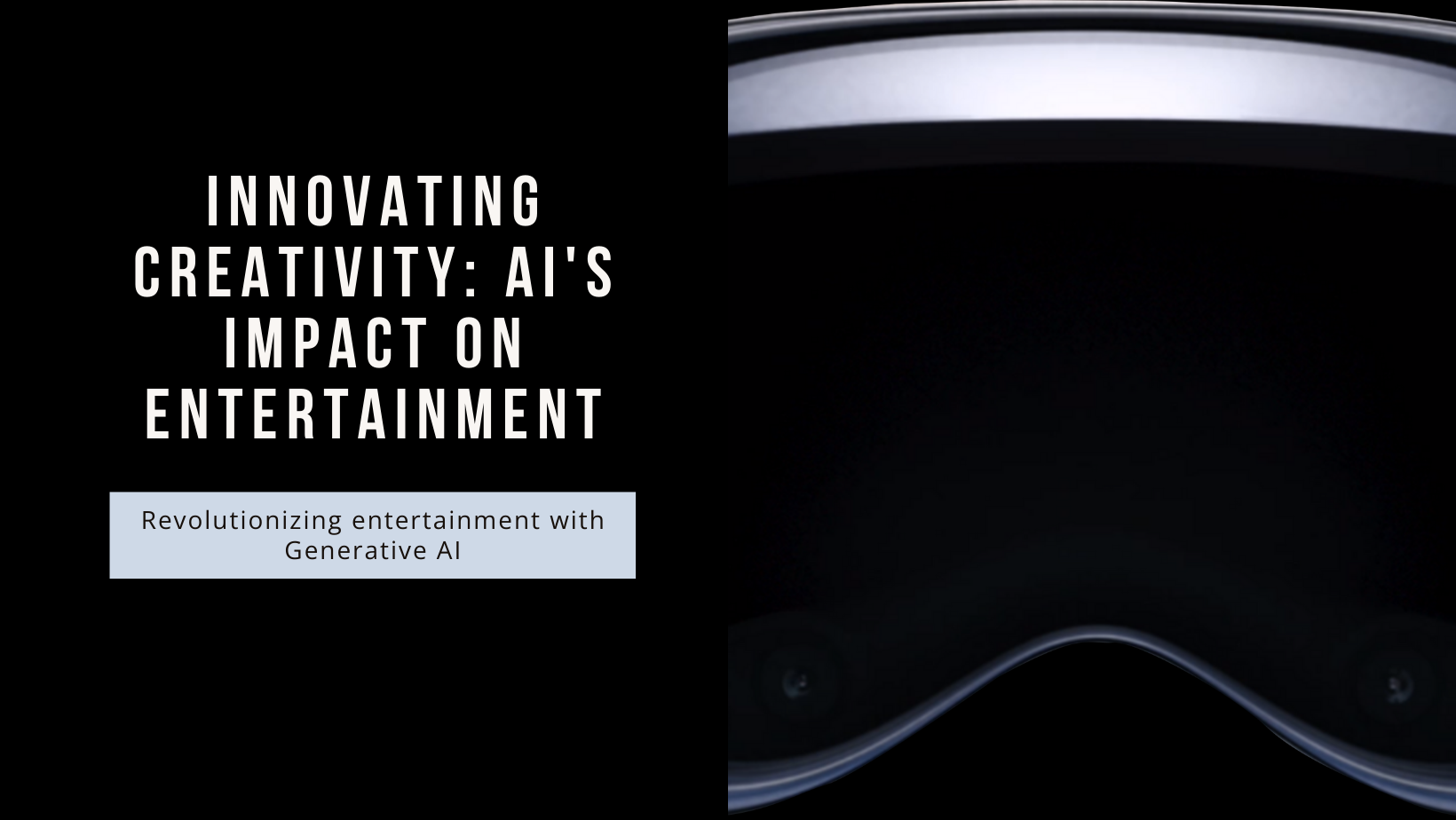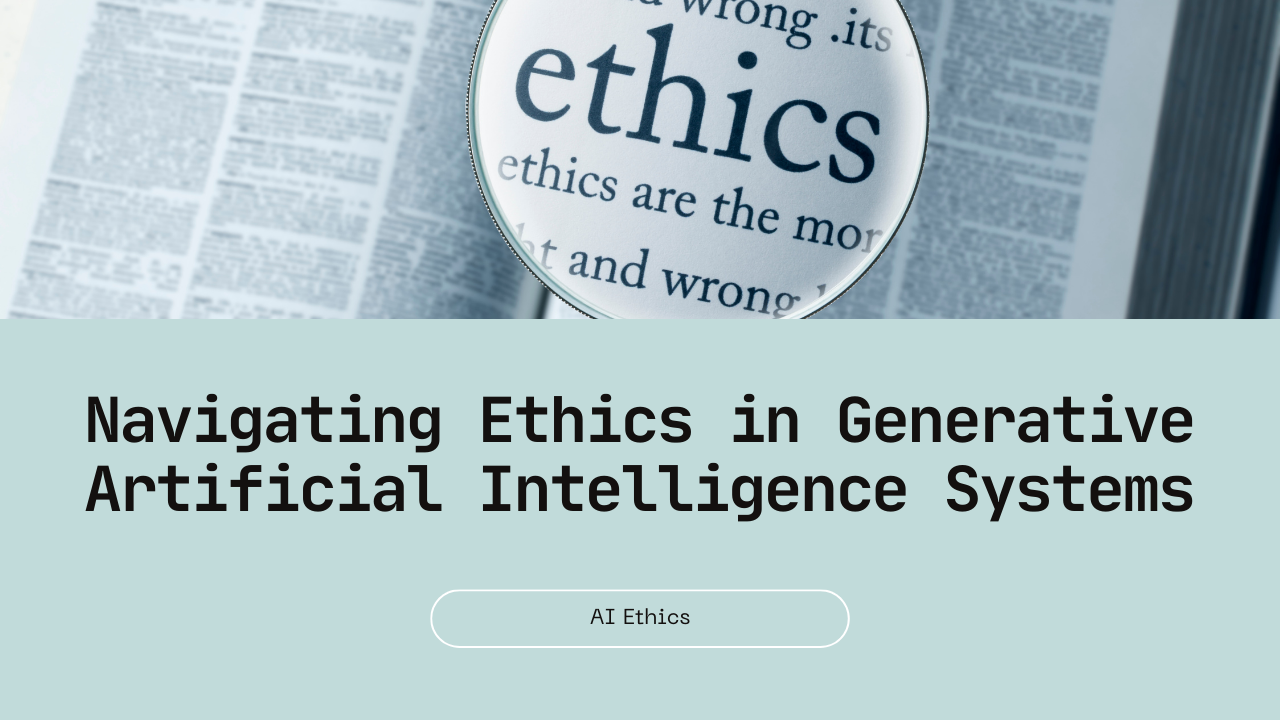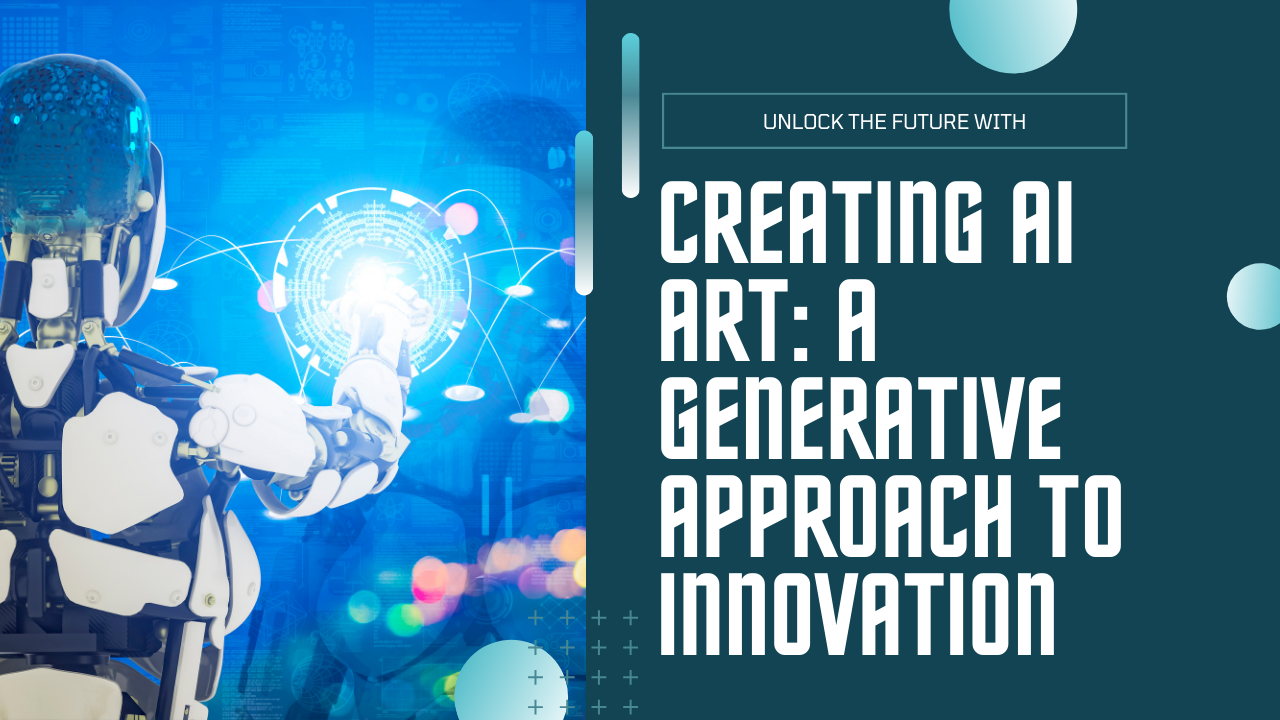In today’s digital age, the intersection of artificial intelligence and design has given rise to transformative technologies that redefine how we approach creativity, problem-solving, and innovation. Generative AI stands at the forefront of this evolution, empowering designers and businesses alike to explore new frontiers in design thinking and execution. This blog explores the profound impact of Generative AI on design processes, highlighting its role in driving creativity, efficiency, and design excellence.
Understanding Generative AI in Design
Generative AI represents a subset of artificial intelligence focused on generating new content, designs, or solutions autonomously. Unlike traditional design methodologies that rely solely on human intuition and expertise, Generative AI leverages advanced machine learning models, such as Generative Adversarial Networks (GANs) and Transformers, to automate and augment the creative process.
GANs enable Generative AI by employing a dual neural network system: a generator creates new designs or content, while a discriminator evaluates and improves the authenticity and quality of generated outputs. This iterative process allows for the creation of highly realistic and contextually relevant designs, making GANs particularly effective in creative fields such as visual arts, fashion, and digital media.
Transformers, on the other hand, excel in natural language processing tasks and have been adapted for design applications such as text-to-image synthesis, semantic understanding, and interactive design generation. Their ability to process and generate human-like text and visual content revolutionizes how designers conceptualize and execute creative ideas.
The Evolving Role of Generative AI in Design
Generative AI has revolutionized various aspects of design, offering new opportunities for innovation, efficiency, and user-centric solutions:
1. Automated Design Iterations and Optimization
Generative AI accelerates the design process by generating multiple iterations of designs based on specified parameters, such as user preferences, functional requirements, and aesthetic principles. Designers can explore diverse design possibilities and optimize solutions in a fraction of the time traditionally required, fostering iterative innovation and rapid prototyping.
2. Personalized and Adaptive Design Experiences
AI-powered design tools enable personalized user experiences by analyzing user data and preferences to generate customized design solutions. From personalized product recommendations to adaptive user interfaces, Generative AI enhances user engagement and satisfaction by tailoring design outputs to individual needs and behaviors.
3. Enhanced Creative Collaboration and Co-Creation
Generative AI facilitates collaborative design processes by providing interactive tools that enable real-time feedback, co-creation, and iterative design improvements. Design teams can collaborate seamlessly across geographical boundaries, leveraging AI-driven platforms to share ideas, visualize concepts, and collectively refine designs.
4. Design Automation and Scalability
By automating repetitive design tasks, such as layout generation, color palette selection, and image manipulation, Generative AI empowers designers to focus on strategic and creative aspects of projects. Design automation enhances workflow efficiency, reduces manual errors, and scales design capabilities to meet growing demands and complexities.
Applications of Generative AI in Design
Generative AI applications extend across various design disciplines, including:
- Graphic Design and Visual Arts: Creating unique artwork, logos, and visual compositions.
- Product Design: Iterating and optimizing product prototypes based on user feedback and market trends.
- Fashion Design: Generating textile patterns, fashion sketches, and personalized clothing designs.
- User Interface (UI) and User Experience (UX) Design: Designing intuitive interfaces, interactive elements, and adaptive user experiences.
Benefits of Generative AI for Designers and Businesses
- Innovation and Creativity: Empowers designers to explore unconventional design ideas and push the boundaries of creativity.
- Efficiency and Speed: Accelerates design processes, reduces time-to-market, and facilitates rapid iteration and prototyping.
- Personalization and User Engagement: Enhances user satisfaction through personalized design solutions tailored to individual preferences and behaviors.
- Scalability and Cost Efficiency: Optimizes resource allocation, minimizes design overheads, and scales design capabilities effectively.
Future Outlook and Conclusion
As Generative AI continues to advance, its role in design innovation will only grow more pivotal. From enhancing creativity and efficiency to fostering personalized user experiences and enabling collaborative design environments, Generative AI empowers designers and businesses to thrive in a competitive digital landscape.
At Sodio Technologies, we are committed to harnessing the transformative power of Generative AI to drive design excellence, innovation, and business success. By embracing AI-driven design solutions, businesses can unlock new possibilities, redefine customer experiences, and lead the way in shaping the future of design.
Contact us today to explore how Generative AI can elevate your design capabilities, streamline workflows, and accelerate your journey towards design-led innovation and growth.
